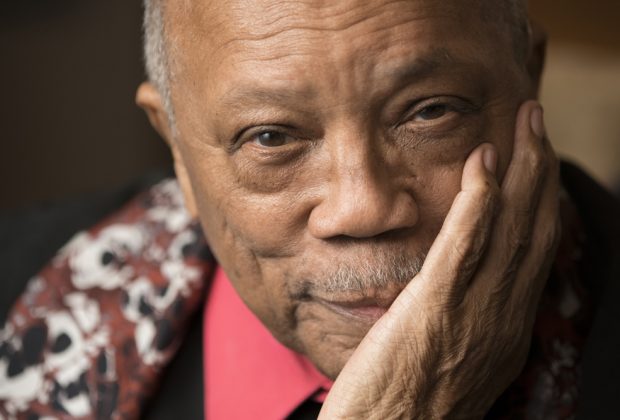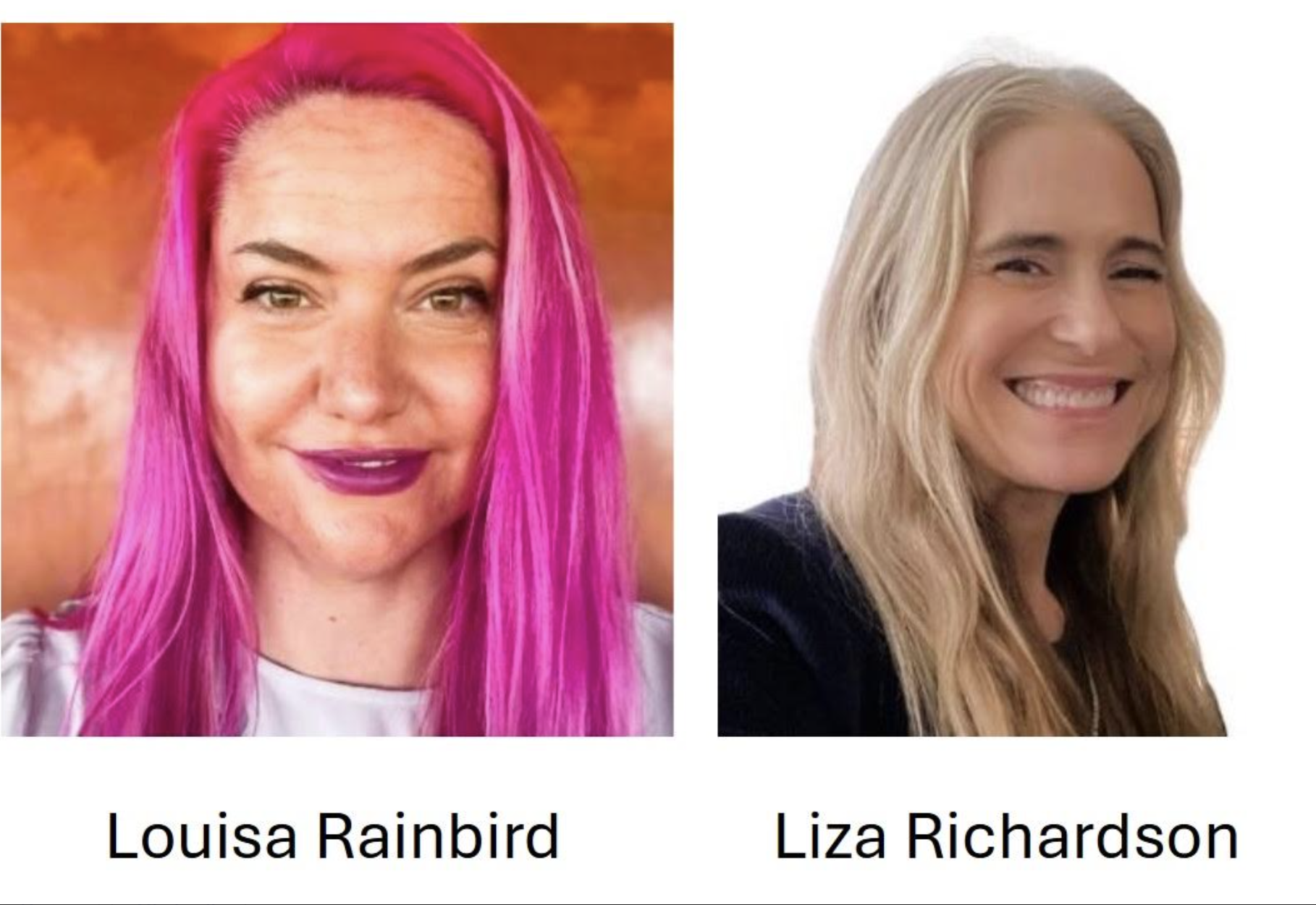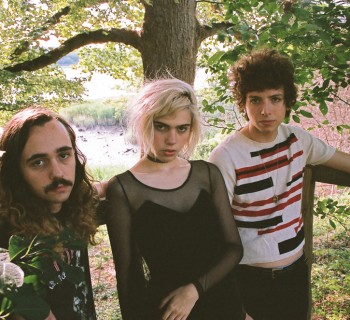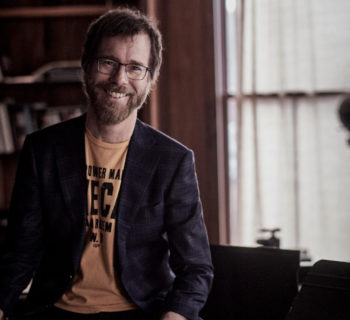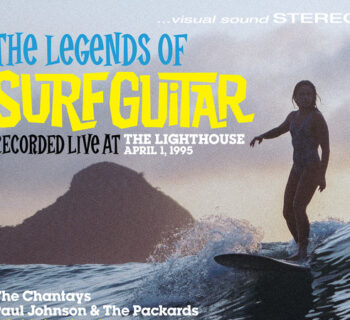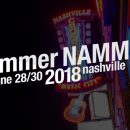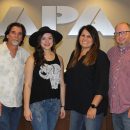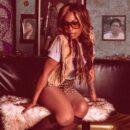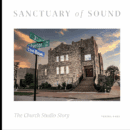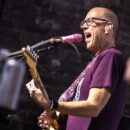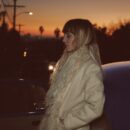I had the honor of meeting and speaking with Quincy Jones a dozen times during the seventies and eighties.
I remember our first encounter in the mid-seventies at A&M Records in Hollywood. I’d just interviewed Leslie Gore for Melody Maker. Probably 1976. She was on the label. He had produced her earlier majestic sixties recordings for the Mercury label. He asked me my Astrological sign. “Pisces.” He replied. “You can hang. I’m a Pisces.” I told him I dug his work with Little Richard on the Vee-Jay label, “Man, a white dude with a memory…”
In 1977 Billboard magazine had a Disco Convention at the Century Plaza Hotel in Los Angeles. I was invited to cover the event. I didn’t hate disco. I had interviewed the Hues Convention, and Barry White for Melody Maker. Quincy read my story on Barry. They knew each other from the late sixties and early seventies in Los Angeles, mostly running into each other in the lobbies at record labels. He came over to where I was sitting. I asked him a quick question about the Beatles. A circle of people surrounded us. All of them seemed to be saying, “What did Quincy Jones have to do with the Beatles.”
I knew. At Mercury Records, where he was a label executive, he heard about the Beatles in 1963, from friends and Little Richard who touted the group. Quincy indicated he met the band, or at least Paul McCartney at age 21. Mercury passed on the act. Quincy saw the Beatles and the Rolling Stones before they came to the United States. He mentioned some bet he made with Lennon and McCartney against Harrison and Ringo that the Beatles would not chart in America. He and many others thought at the time a UK act could not break the dominance of American music.
Years later writer Gary Pig Gold told me, “The only time I’ve heard the Fabs and Quincy used in the same sentence was Lennon and McCartney asking George Martin in ’63 how to get ‘the Leslie Gore sound’ on their vocals-hence the double-tracking from With the Beatles sessions onwards. Quincy nicknamed her ‘Little Bits,’ marveling at such big sounds coming from such a small girl. But under his perfect guidance, those early records of hers somehow almost scaled Phil Spector’s sonic Wall!”
Around 1978 we sat together at the Santa Monica Civic Auditorium for an hour at a Yamaha Music presentation and concert, featuring members of Steely Dan. The Japanese company was parading new tester equipment. When he worked the lobby, I baby sat his two daughters. He returned and regaled me with insights into the music business. He lamented a late fifties or very early USO trip to Europe with his big band. He got stranded and there was a money problem. “Worst fuckin’ thing that ever happened to me.” Mercury Records eventually called him and he got a gig as a A&R man/producer and Vice-President. He had tears in his eyes citing the Mercury executive who hired him.
In 1978 I was West Coast Director of A&R at MCA Records. Quincy was producing the soundtrack to The Wiz musical for the label. He was really frustrated doing this job. Years later he would remark, “but I met Michael [Jackson] on that set!”
I was trying to sign The Knack to MCA and the company passed. I knew they were a hit act. After the group inked with Capitol Records, I was invited to the MCA/Whitney recording studio when they cut “My Sharona” with producer Mike Chapman. I was later given a gold record when the record became a huge international hit.
In 1980 or ’81 I sat with Quincy, his wife Peggy Lipton and their close friend, singer Patti Austin. It was at The Hollywood Palladium for the live taping of Richard Pryor’s show on Sunset Blvd. I was introduced to Levi Stubbs of the Four Tops. I first encountered Peggy when she went to Hollywood Professional School with my surfer pal Peter Piper.
Peggy and I re-connected in 2013 when my brother Kenneth and I wrote and assembled a book on the 1967 Monterey International Pop Festival. She attended the gathering. I interviewed her about the event. She spoke about the success of her two daughters, and some anecdotes that would look awkward at this writing. I interviewed Peggy again for a book Kenneth and I did on the photographer Guy Webster.
In late October 2024, I had lunch with Dr. James Cushing. A poet, deejay, and a frequent interview subject in my books. I told him I recently interviewed bass player Carol Kaye for a music documentary. Carol mentioned Quincy heard her session work and she needed to be on soundtracks. Quincy hired her in 1967 for In the Heat of the Night.
Cushing then told me in the late sixties or early seventies that Quincy and his wife at the time were neighbors of his family in Coldwater Canyon. He then described Quincy extending an invitation to him to attend a recording session where Carol Kaye and Mike Melvoin were on the date.
Quincy Jones. A treasure.
Photo by Adam Hart

